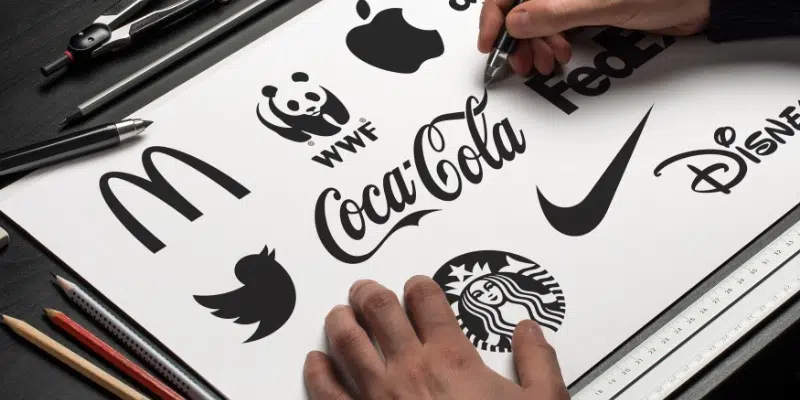So, you’ve invested in your visual brand development. You’ve got your logo suite, and hopefully some solid logo usage guidelines to help guide the use of your logo across your business and marketing assets. The next thing on your list should be a visual brand style guide – i.e. the documentation of your brand’s colours, fonts, icons and much more, and how they should be applied across various print and digital assets for your business.
Visual brand style guides vary in inclusions. Some have the bare minimum and some go to the extreme lengths to protect the brand integrity across the company. What you need in your brand style guide will depend on your industry and where your brand is used.
The purpose of your brand style guide
Your brand style guide is a practical document that will help uphold the integrity of your brand across multiple touchpoints. You should be able to hand it to an experienced designer who has never seen your brand before, and they should be able to create perfectly on-brand materials for you based on the information laid out in the guide. For this reason, it should be written in your voice, as if speaking to the designer, team member or partner that is creating assets for your brand.
Note: Your brand style guide should be branded to suit your business, not the agency that created it for you (this is a common occurrence, so don’t be afraid to ask for this).
Importantly, the inclusions of your style guide should be tailored to your business. Not every guide is the same. It should be based on the assets your business needs. For example, if your primary sales tool is social media, this may make up a larger portion of your guide. But if you are a product-based business whose client touchpoints are packaging and advertising, this would be the focus instead.
Note: A visual brand style guide is different to a brand book or general brand guidelines which usually include more holistic, non-visual components such as a brand mission statement and tone of voice guidelines.
A checklist for creating your brand style guide
Use this checklist to put together a wishlist for your perfect brand style guide. It may help to start by listing the various brand assets and marketing materials you have in your business so you can cross-reference with the requirements in the guide. Remember to include utility uses such as store signage, vehicle decals, product packaging, and email signature. It’s surprising how many brand touchpoints there are to cover.
And remember, your brand style guide isn’t set in stone – it can and should change with your business. For example, if you launch your business without an e-commerce arm and add it on later, adjust your style guide to suit. It needs to work for you.
Checklist:
- Intro to guide – This should include an overview of the guide, what its use is, who it is intended for, and a summary of the importance of brand consistency.
- Intro to your business – This is a short spiel about your business and what products/services you offer, so that users of the guide understand the context of your brand.
- Logo usage – Logo usage is super important to maintain the integrity of your most important brand asset. You may already have logo usage guidelines, or they may be included in this guide for simplicity. This should include logo colours, relevant fonts, arrangements, spacing guidelines, use examples (ie overlays etc), black and white versions, placement and common errors.
- Typography – This includes in detail the usage of your brand fonts, various weights, hierarchy and the associated usage guidelines.
- Colours – This includes your brand colour palette (additional to colours used in logo), tints, colour codes for all uses (print, digital).
- Iconography – This includes examples of iconography applications, an icon set (if created), and a guide to how your designer can create their own.
- Photography style – This includes examples of tone, subject, composition and application of photography.
- Image treatment – If images are used in your brand, you can include gradient overlays, blending modes, effects, and how to set these up.
- Patterns or shapes – If brand codes such as patterns or shapes are associated with your brand, they should be detailed in your guide with guidelines on application.
- Layouts – Grids and guides, specific for documents they use (i.e. letterheads, brochures).
- Brand collateral and marketing materials – Examples of the materials your brand uses and how to create new collateral following the style. This could include:
- Stationery
- Email signature
- Social media style guide
- Email marketing layout
- Website / user interface design guidelines
- Ppt slide designs
- Promotional materials and merch
- Packaging
- Vehicle decals
- Signage
Key takeaway: No two brand style guides should be the same in their inclusions, and the list above is by no means exhaustive. Work out what’s needed for your businesses and make sure your style guide has every touch point covered.












